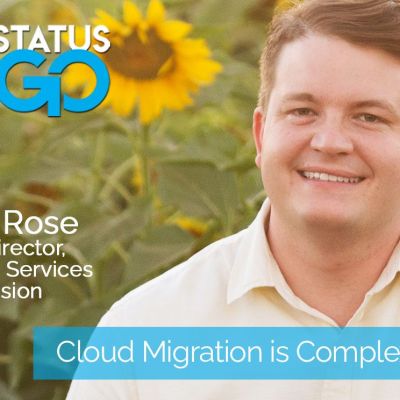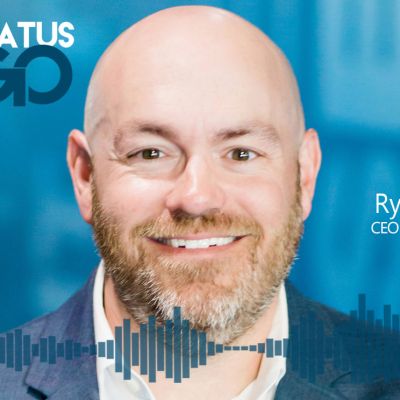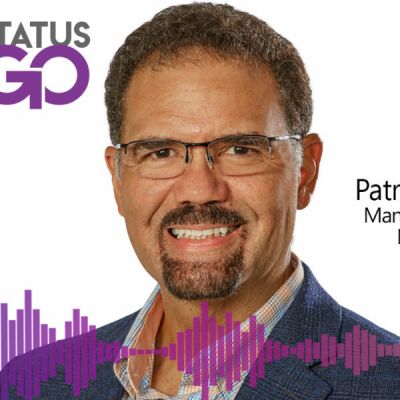Why I Think NetApp Will Be a Major AI Player After NetApp Insight 2024 NetApp has long been a leader…
Discover the reality of smooth and budget-friendly cloud migration as Jeff Ton and Austin Rose share expert insights and real client experiences in this ‘Status Go’ episode.
Because spending in the cloud can drive customer growth, product development efficiencies, relieve dependence on datacenters, and increase revenue generation, FinOps thus becomes all about making money rather than simply saving it.
Matt Campbell and Otto Sanchez discuss how collaboration technology and innovation adapting to the rapidly changing needs of business.
Ryan Brubaker, CIO and Executive Vice President of Operations at Seven Corners, takes us on their path to the cloud.
Disaster Recovery as a Service (DRaaS), like its cousin Backup as a Service (BaaS), provides technology to ensure business continuity, a target site and infrastructure, and the management of the process that it takes to ensure its success—all delivered to you as a service. The key for DRaaS is that the target site and infrastructure are in the cloud, rather than in a on-premises datacenter as a traditional DR solution might usually entail. The management is provided by a team of professionals who live and breathe DR and backups, which allows your IT staff to reallocate valuable time to business projects of greater daily importance.
In this episode Dustin Milberg, Field CTO of Cloud Services, dissects the tools needed for the cloud journey, with a focus on the 6 layers of the platform.
Dustin Milberg, Field CTO of Cloud Services, dissects the process aspect of the cloud journey in this 2nd installment of our cloud series.
More than half (62%) of recent survey respondents say they have experienced stalled or slower-than-expected cloud migration. Most believe the delay in cloud migration is primarily due to unanticipated skills gaps (41%).
Does cloud save money? The short answer is yes. The longer form answer is that yes, but it depends upon the foundation you’ve empowered in the cloud for the rest of the business to run on.
Patrick Spencer, Managing Director of MoneyTree, takes us through their cloud journey, the stand out benefit being an increased client focus.










